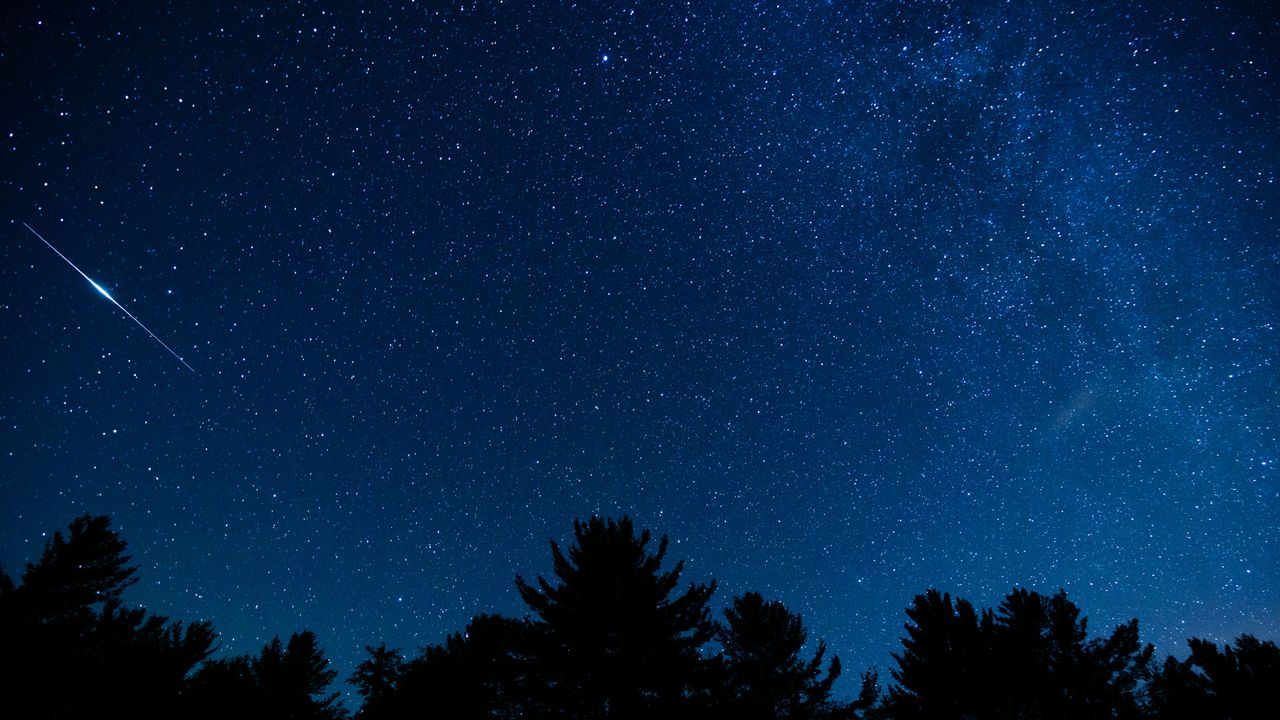Reflect Orbital, a California-based start-up, is set to launch a demonstration satellite next year as part of its ambitious plan to deploy a constellation of over 4,000 solar mirrors in space. The initiative aims to enhance solar power generation during twilight hours on Earth. The company has submitted an application to the Federal Communications Commission (FCC) to fly its first satellite, named EARENDIL-1, with a targeted launch date in April 2024.
The demonstration mission will showcase a mirror measuring 60 by 60 feet (18 by 18 meters), designed to direct sunlight onto specific locations on Earth. Reflect Orbital envisions that its future satellite constellation will enable light delivery on demand after sunset and before sunrise, effectively extending usable daylight hours. The start-up anticipates generating significant revenue through contracts with paying customers, including potential applications for agricultural enhancement and urban lighting.
Despite the potential benefits, this project has raised alarms among astronomers and biodiversity experts. They express concerns about the light pollution resulting from such a vast array of reflectors. According to John Berentine, an astronomer at the Silverado Hills Observatory in Tucson, Arizona, the beams from the satellites will be remarkably intense, approximately four times brighter than the full moon. This intensity, combined with the formation of multiple satellites, may disrupt local wildlife and create atmospheric scattering effects in surrounding areas.
Concerns from the Scientific Community
Robert Massey, Deputy Executive Director at the Royal Astronomical Society in the UK, stated that the astronomical community is “seriously concerned” about the implications of this venture. He emphasized that the primary goal of the project—extending daylight through artificial means—poses significant challenges for astronomical observations.
Reflect Orbital asserts that it is aware of these concerns and intends to use the upcoming mission to minimize potential negative impacts. A company spokesperson indicated that the reflected light would only illuminate a defined area, covering approximately 5 kilometers for a limited duration. Once the satellite passes its target, the mirror will tilt away from the Earth’s surface, limiting prolonged exposure.
The environmental implications of this project highlight an ongoing struggle against light pollution. Data indicates that global light pollution levels have been increasing by around 10 percent annually, severely diminishing visibility of stars in the night sky. David Smith, advocacy and social change manager at the invertebrate charity BugLife, remarked that artificial light disrupts the natural day-night cycle, affecting the physiology and behavior of numerous species.
Concerns extend beyond just the immediate effects on wildlife; the increase in light pollution has been linked to declines in insect populations and rising incidents of sleep disorders and depression among humans.
Challenges of Satellite Constellations
The growing number of satellites in orbit has also raised issues for astronomers. While projects like SpaceX’s Starlink have drawn criticism for introducing light pollution, their goal is not to reflect sunlight back to Earth. Astronomers, including Massey, have acknowledged efforts by SpaceX to reduce the reflectivity of its spacecraft through the use of light-absorbing materials.
In contrast, Reflect Orbital’s mission centers on the intentional brightening of the sky, raising unique challenges for astronomical observation. Berentine noted that outside of illuminated areas, the space mirrors could appear as very bright stars, potentially confusing migratory birds and complicating research efforts.
Reflect Orbital has stated that it plans to conduct an environmental impact assessment before expanding its constellation. The company aims to collaborate with experts during the demonstration mission to address ecological sensitivities at target service sites. As the project moves forward, the balance between advancing clean energy solutions and protecting the natural environment remains a critical concern for both scientists and the public.
